This
post was originally published on
this siteOriginally posted at: http://www.nerdfitness.com/
Most supplements in the fitness world are a complete waste of money.
Some supplements aren’t even absorbed well, making for some expensive urine![1]
Others, like “weight loss pills,” can actually be outright dangerous.[2]
However, there are a few supplements which could be an exception to this rule.
And one of those supplements is creatine.
Creatine is one of the most popular and tested fitness supplements on the market.
Technically, it’s an amino acid derivative, but you don’t really need to know that.
That is, unless you are a chemist.

We get loads of questions here at Nerd Fitness on using creatine correctly, so today I’ll jump right in and give you the low down.
We’ll discuss everything you need to know about this supplement:
- What exactly is creatine?
- If you were to take creatine, how much should you use?
- What time of day is best for taking creatine?
- What are some of the best creatine supplements on the market?
Let’s go!
WHAT IS CREATINE?
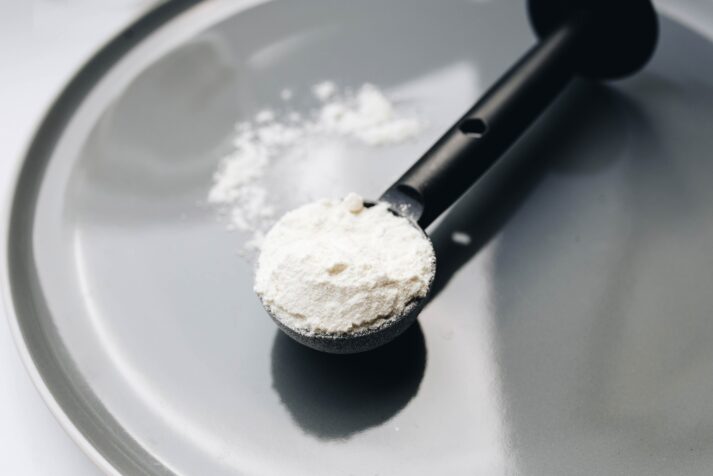
Creatine is a naturally occurring substance found in muscle tissue.
Right now you have creatine, specifically creatine phosphate, in your body. All vertebrate animals do.
Yes, even corgis.

Think of creatine as an energy reserve your body taps into when it needs a boost. Or like, an extra energy tank in Metroid or Mega Man.
Our bodies naturally produce creatine in our liver, pancreas, and kidneys.
We also obtain it from certain foods, because all vertebrate animals contain creatine in their muscles.
So if you eat meat, you are getting extra creatine in your diet. Red meat in particular (beef, lamb bison), has the highest levels of dietary creatine.
(Don’t eat meat? Cool. Read our plant-based guide.)
Outside of diet, people often supplement with creatine. It’s one of the more popular supplements taken, and in fact, is THE most popular supplement taken amongst college athletes.[3]
The reason people supplement with creatine: the more creatine you consume – whether through nutrition or supplementation – the more will be found in your muscles.
Why should you care? What does creatine do, exactly?
WHAT DOES CREATINE DO?
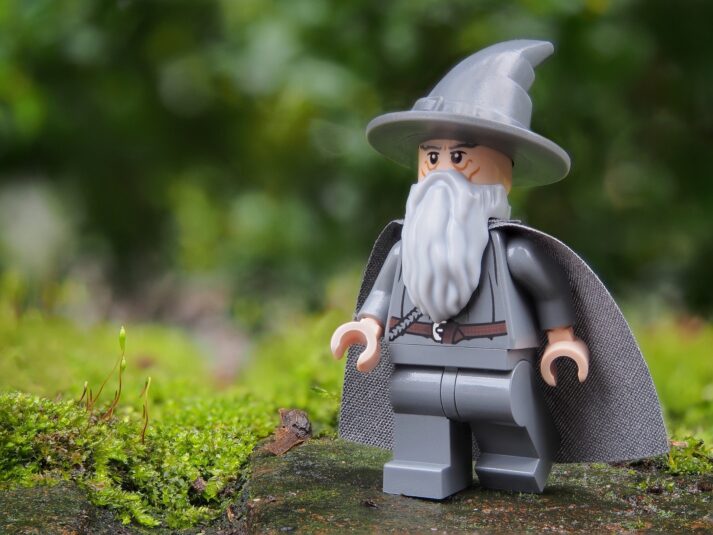
Science time! To discuss supplementing creatine with any justice, we need to talk about ATP.
All cells rely on adenosine triphosphate (ATP) for energy. It’s our body’s energy currency.
Sort of like “Mana” in World of Warcraft or Magic: The Gathering, ATP is a fuel tank for doing awesome things like running, doing pull-ups, or summoning lighting.

But much like “Mana,” ATP can be replenished only so quickly by your body. With intense enough exercise, you’ll use more ATP than your body can produce. Which means you’ll run out.
It’s why people can only sprint at 100% maximum effort for a short amount of time. You just plain run out of juice, or ATP.
And depending on how you are exercising, your body will replenish its ATP through one of three ways:
- Less than 10 seconds, for exercises like short sprints or heavy lifting, ATP is replenished with creatine phosphate stored in muscle tissue.
- 30 seconds to 2 minutes, for activities like swimming a few laps, ATP is replenished with glycogen found in your muscles.
- Greater than 2 minutes, ATP is replenished with oxygen and glucose. You can think of endurance activities for this stage.
I get it, there’s a LOT more to it than that (The three systems often blend into each other, so it’s not so clear cut).[4]
Why I bring all of this up: your body can quickly convert creatine to ATP (in seconds).
This means the more creatine you have stored in your muscles, the longer you can utilize the phosphagen system – short and intense energy – to produce ATP.
It’s math: the more creatine you consume, the more will be found in your muscles. The more creatine you have in your muscles, the longer you should be able to sprint at max effort (or lift heavy, etc.).
Granted, there’s a point where your muscles become saturated with creatine and your body can’t hold anymore.
We’ll talk about dosage and absorption rates shortly. But first…
WHAT ARE THE BENEFITS OF CREATINE?
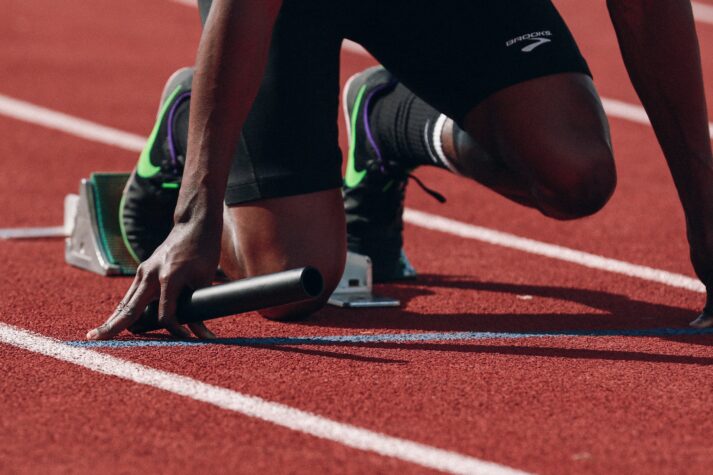
There is good evidence to suggest that creatine supplementation does, in fact, allow for longer periods of intense exercise by helping to produce more ATP. [5]
One such study found that supplementing with creatine for 28 days allowed users to increase their bike sprint by 15% and bench press performance by 6%.[6]
This is generally why people supplement with creatine. If you can produce more energy for more intense exercises, you can workout harder.
Instead of stopping at 10 reps because of exhaustion, perhaps you can squeeze out that 11th rep if you are storing more creatine. Or instead of slowing down your sprint at 10 seconds, you keep going until 12.
If you’re looking to improve physically, being able to achieve one more rep or just a few more seconds of a sprint can be critical.
Creatine has a boatload of other benefits too:
Cell signaling. Creatine has been shown to increase satellite cell signaling, which helps your body communicate its “needs” better. I personally picture a little cell crying out “help me, I’m broken” when thinking about cell signaling. However, improvements in cell communication can have an impact on muscle repair and growth.[7]
Cellular hydration. Creatine helps your muscles retain water, which helps them work more efficiently.[8] Hydrated muscles perform better than dehydrated muscles, so creatine as a performance enhancer seems appropriate.
Muscle growth. Creatine supplementation has been shown to increase the hormone IGF-1, which is needed for muscle growth.[9] In fact, the International Society and Sports Nutrition states “Creatine monohydrate is the most effective ergogenic nutritional supplement currently available to athletes in terms of increasing high-intensity exercise capacity and lean body mass during training.”[10]
Don’t get thrown off by the “creatine monohydrate.” We’ll talk about types of creatine shortly. Just know that creatine has been shown to aid in muscle growth.
Brain health. While not technically a muscle, your brain stores creatine. Can more stored creatine help with brain health?
There is research and evidence that suggests some conditions like Alzheimer’s, Parkinson’s, and epilepsy can all be helped by supplementing with creatine.[11] A creatine supplement might also help with memory and cognition in the elderly.[12]
Also, I have to highlight this study linking creatine supplementation with working memory and intelligence.[13] This makes sense because your brain also uses ATP, which remember, creatine helps produce.[14]
All of these studies are going to lead to a natural question…
SHOULD I SUPPLEMENT WITH CREATINE? IS TAKING CREATINE SAFE?
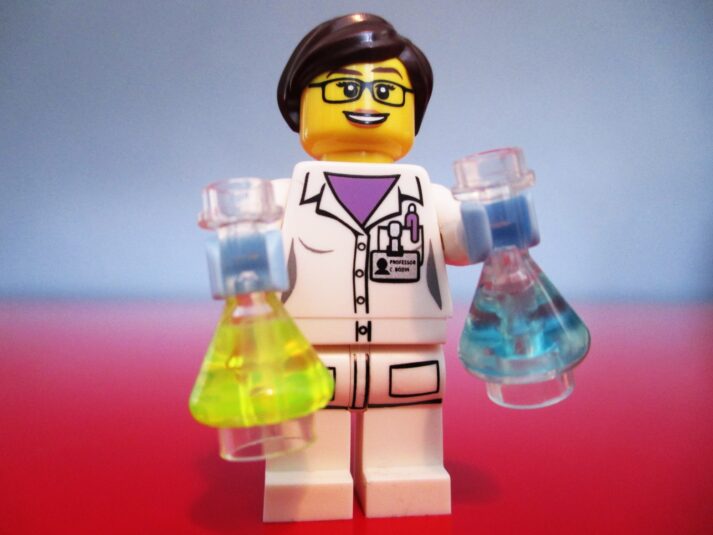
The use of creatine has been “extensively studied,” which makes my job of recommending it easy.[15]
The International Society of Sports Nutrition analyzed over 500 studies on creatine usage and concluded: “There is no scientific evidence that the short- or long-term use of creatine monohydrate has any detrimental effects on otherwise healthy individuals.”
However, we should acknowledge there is anecdotal evidence that taking creatine can cause kidney damage, dehydration, diarrhea, and an upset stomach.[16]
Kidney damage would be the most serious of these, let’s talk about that specifically for a moment.
Again, no study has been able to verify the claim of organ damage, and kidney function with creatine supplementation has been looked at specifically.[17]
However, if you have a history of kidney problems, it might be a good idea to talk to a doctor before you start supplementing with creatine. Better safe than sorry.
The other concern would be dehydration and diarrhea, which actually might have an easy cause and solution.
I mentioned earlier that taking creatine can help with muscle hydration. Because your muscles are holding onto more water, this leaves less water for other places. So if you start taking creatine, you should also increase your water intake!
Shoot for 16-18 ounces of water (a half liter) for every 5 grams of creatine you take. We’ll devote an entire section to dosage in just a moment.
It should also be noted, that being dehydrated puts extra stress on your kidneys. It can also cause diarrhea.
Drink water.
HOW TO TRAIN ON CREATINE

The reason creatine is so popular is because of its impact on athletic performance.
For you to receive most the benefits of supplementing creatine, you’ll need to work out. The creatine won’t lift that barbell for you.
The interesting thing about creatine: nearly any type of physical performance has been linked to improvement when combined with creatine supplementation:
Strength training. If you’re looking to grow strong, you need to lift heavy. Taking creatine has been shown to increase muscle strength.[18] In other words, taking creatine can help you lift slightly heavier or slightly more. If you do this consistently, you could start to achieve gains faster than you would without creatine supplementation.
This is the number one reason people take creatine.
Endurance. Despite creatine’s popularity for strength training, it can also be used as a tool for endurance athletes. That’s because creatine has been shown to increase glycogen stores.[19] If you remember our example from earlier on different metabolic ways to replenish ATP, you’ll recall that glycogen is a medium to long term energy source.
Meaning the more glycogen you have, the longer you can run. If you’re looking into improving an endurance sport, creatine might be worth checking out.
Recovery. Creatine has been shown to help reduce inflammation and muscle soreness.[20] Shorter recovery times, means you can get back to training sooner. More gym time can equal a stronger you.
No one likes being overtly sore. Creatine may help a little here.
When you start to learn more about creatine, it makes sense why so many athletes take this supplement.
However, I do need to mention that a majority of the benefits of creatine supplementation kick in with the conjunction of a regular exercise practice.
Supplements must be combined with a good solid workout! You don’t get big muscles or faster speeds from only protein and creatine.
They need to be combined with a proper training program!
If you’re not quite sure how to get going, I’ve got a few resources for you.
The first is our Beginner Bodyweight Workout.
It’s a circuit – where you quickly go from one exercise to the next – that you can start doing tonight in your living room or basement or spaceship. It’s one of our most popular routines here at Nerd Fitness, and it’s something you can do from your own home. No gym required.
If you want someone to help guide you – and hold you accountable – we can help with that too! We have an uber-popular 1-on-1 Online Coaching program where we work with busy people just like you to complete life overhauls. We can help you start strength training, offer nutrition recommendations, or provide you with accountability and structure to start working out from home. No matter where you need to go on your fitness journey, we can help guide you there.
If you want to learn if we are a good fit for each other, click on the big box below:
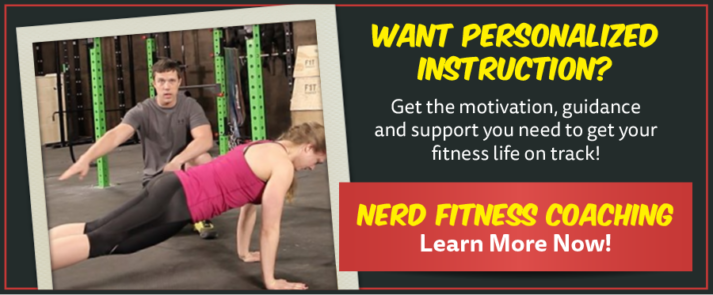
COMMON MISTAKES WHEN TAKING CREATINE
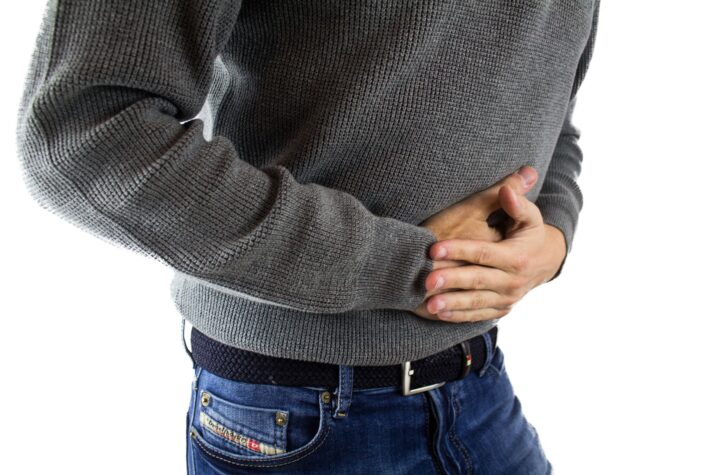
So far this article has more or less come out as an advertisement for creatine supplementation.
While there are a lot of great benefits of creatine, and not much in the way of studies showing harm, we need to talk about one potential downside.
Bloating.

Since creatine helps you retain water, you might feel a little bloated after taking it. Granted, hydrated cells perform better. But it can still be uncomfortable and cosmetically unappealing to hold onto a bunch of water.
The dosage and timing of taking creatine might be a factor, which we’ll talk about soon.
However, if bloating continues to the point that it’s interfering with your life, stop supplementing with creatine.
Speaking of creatine challenges, there’s also the fear that taking too much creatine could upset your stomach.[21]
We’ll get to proper dosage of creatine in just a moment, which might solve this.
It should be noted, that certain types of creatine are sold as “anti-bloating” and “easy on the stomach.”
Let’s talk about types and brands of creatine right now, by looking into these claims.
WHAT IS THE BEST CREATINE TO TAKE?
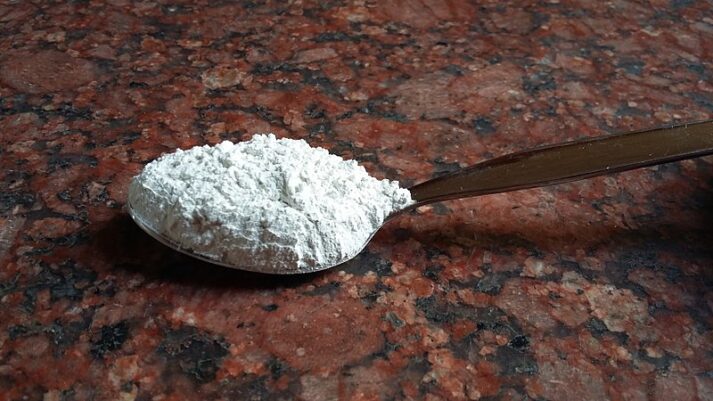
Creatine actually exists in multiple forms. We’ll go over each one briefly, plus give our recommendation on which type to take.
We’ll then leave you with a brand or two to try out.
First, some different types of creatine:
Creatine Monohydrate is the most common, and thus the most studied form of creatine.
It’s essentially a creatine molecule and a water molecule combined.
This would be the form of creatine we recommend. When we discuss the benefits and safety of creatine, we mean creatine monohydrate, because it’s the form that ends up being used in research.[22]
If there is a downside to creatine monohydrate, it would be that your body might have trouble absorbing all of it.[23] Which means you can pee a lot of it out. When people sell other types of creatine, they’ll generally claim their version has a better absorption rate.
Creatine Ethyl Ester is thought to be absorbed into the body easier than creatine monohydrate. There may be some evidence this is true.[24]
However, when it comes to body composition, creatine monohydrate still looks to be superior.[25]
Creatine Hydrochloride is another form of creatine that is touted as being absorbed easier than creatine monohydrate. You’ll also see claims that it won’t make you bloated.
Early evidence may back some of the claims of better absorption rates, but I would hold off on this form of creatine until more studies are done on its safety.[26]
Buffered creatine attempts to solve the stomach issues that are anecdotally reported as a side effect of creatine consumption. This form of creatine is mixed with an alkaline powder, with attempts to make it easier to digest. So far studies on the results of these benefits are mixed.[27]
Again, for now, I’d avoid buffered creatine until the research concludes its safety.
Hopefully, I convinced you to stick with creatine monohydrate. Again, it’s the most tested version of creatine there is, which makes it the most recommended.[28]
Want some recommendations on brands?
The brand of creatine monohydrate I personally take: Bulk Supplements.
dotFIT is another good brand for you to check out. MyProtein also carries a good choice. Both of those are creatine monohydrate options.
If you are going to take creatine, take creatine monohydrate. Which leads to the next question…
HOW MUCH CREATINE SHOULD I TAKE?
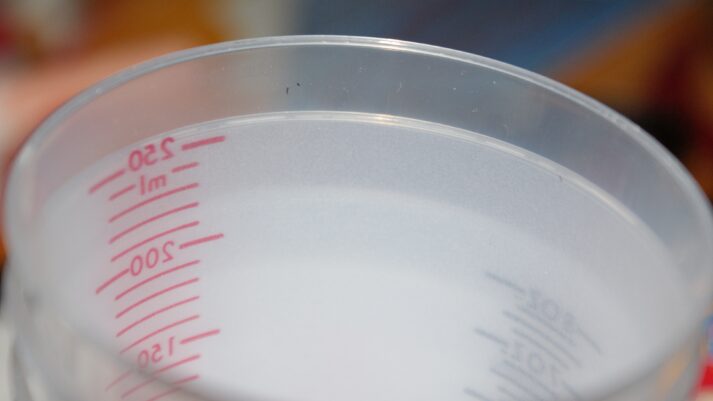
The question “How much creatine should I take?” will lead us to the topic of creatine loading.
The theory on creatine loading goes like this: at first, you’ll want to take more creatine so your muscles start storing it in greater quantities. Then you can taper off, as your muscles will already be saturated to their max with creatine phosphate.
Studies have shown this is the most effective way to increase creatine levels in muscle.[29]
Note, your results may vary, though the strategy below is well researched. Do what works best for you! I’m no doctor, nor do I play one on TV.
For 5 days, consume 20 grams of creatine per day to ‘load’ your muscles. After this period, then you can go to 3 to 5 grams of creatine per day.
If you’re concerned about taking 20 grams of creatine a day (more is not necessary or beneficial), the other strategy would be to just take 3 to 5 grams of creatine a day. In three to four weeks your creatine stores will be full.[30]
If you have stomach issues with 20 grams a day, forget about loading. Stick to 3 to 5 grams a day and you’ll be fine.
This is the strategy I employ: 5 grams of creatine on training days mixed in a small amount of water, consumed like a shot, immediately following my workout.
Which leads us to…
WHEN SHOULD I TAKE CREATINE?
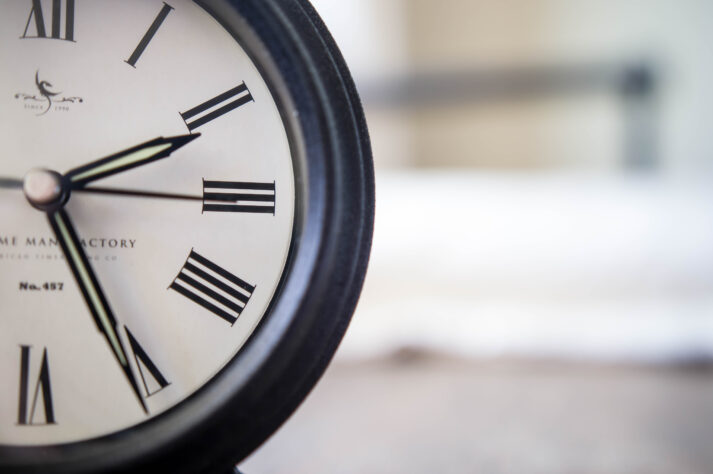
Studies demonstrating the best time of day to take creatine are mixed.
When it comes to “Should I take creatine before or after my exercise?” this study showed it didn’t really matter.[31]
It might be up to your personal preference on whether to take creatine before or after your training.
However, there is evidence you should take creatine somewhere close to when you exercise.
One study split subjects into two groups. The first supplemented with creatine immediately before and immediately after their exercise. The other took creatine first thing in the morning and again at night.
The study found the first group gaining the most muscle and strength.[32]
I would recommend taking creatine either before or after your training practice. Maybe split your intake and do a little bit of both. Take a mixture with you to the gym, start drinking it before working out and finish it right after.
On rest days, when you take creatine matters less. The point of taking creatine on a rest day is to keep the creatine phosphate content of your muscles raised for when you do workout next.
Take it whenever it is convenient on rest days. But take it close to when you workout on a training day.
THE VERDICT ON CREATINE

You don’t need to supplement with creatine.
If you’re eating a varied diet that includes a little bit of meat, you’ll be consuming and building plenty of creatine.
Our stance at Nerd Fitness: if you have a healthy diet, you don’t need to worry about any kind of supplementation. Eating nutrient dense foods like vegetables, fruits, and meat will provide you with all you need to thrive.
However, if you are strength training and looking to maximize your gains, a creatine supplement might be worth looking into.
There’s decent evidence in support of it allowing people to increase their athletic performance.[33]
And all of the downsides of creatine don’t appear to be supported by the data.[34] Although to be fair, more long term studies will be welcome on the safety of creatine supplementation.[35]
However, just to be safe, if you have any history of kidney trouble, make sure you talk to a doctor first before you start supplementing with creatine.
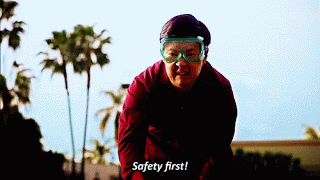
Okay, I think that about wraps up the article on creatine.
Now I want to hear from you:
Do you have experience taking creatine? What results did you see?
Does it sound like I’m being sponsored by the supplement industry? Or am I not praising creatine enough?
What other supplements would you like me to look into?
-Steve
PS: As a reminder, if you’re looking to take creatine for a boost in athletic performance, you need to actually train. If you don’t know where to start, we can help! We offer a 1-on-1 Online Coaching program to help busy nerds just like you level up their lives.
If you want someone to tell you exactly what to do, click on the big image below to find out if we are right for each other:
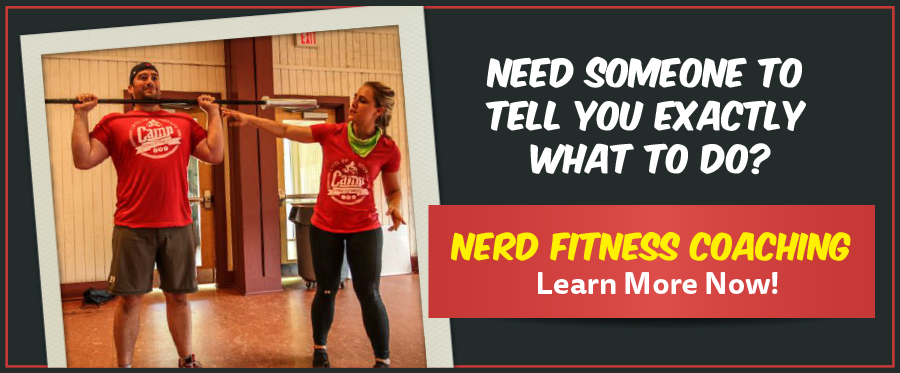
###
Footnotes ( returns to text)
- Check out the Australian Medical Association’s take on multivitamins here.
- Here’s a report you can check out on the dangers of weight loss pills.
- Check out that report from the NCAA here.
- Whole degrees are created on this stuff and I just crammed it all into a few sentences. Don’t be mad at me, science nerds!
- Check out this study on creatine and ATP.
- You can review that study right here.
- Check out this study on creatine and cell signaling.
- Check out that study on creatine and cellular hydration right here.
- [Check out a study on creatine and IGF-1 here.
- Check out that report from the ISSN here.
- Check out these studies on creatine and Alzheimer’s, Parkinson’s, and epilepsy.
- Check out that study on creatine and cognition here.
- You can read that study over here.
- Another study on that right here.
- You can check out the full report from the International Society of Sports Nutrition right here.
- Check out Men’s Health for some claims about the downsides to creatine.
- Check out that report here.
- Check out one study demonstrating that right here.
- Check out a study done by Louisiana State University right here.
- Check out that report right here.
- Men’s Health talks about the anecdotal reports of negative reactions to creatine here.
- Check out this report on other versions of creatine.
- Check out an interesting study on the absorption of different kinds of creatine right here.
- Check out that study right here.
- Check out that study here.
- Check out an intriguing study on creatine HCI here.
- Check out a study comparing buffered creatine to creatine monohydrate here.
- Check out this report on different versions of creatine here.
- Check out this look at creatine loading.
- Check out the ISSN’s report for that statistic here.
- Check out that study right here.
- You can read that full report right here.
- Check out this report.
- Again, here’s the ISSN’s report.
- This study has an interesting warning on the need for more long term creatine studies.

 This idea sparked my interest so much I went home and started searching everything online I could find on wild human diets etc. and eventually landed on Mark’s Daily Apple. I was hooked from the first words I read. (I eventually read all of Mark’s books too). I was all in from that day forward. I told my wife I finally figured it out, she said “what” I said “everything” and I told everyone. It all became so clear to me. Not just the diet but the lifestyle in general. It seemed the Primal Blueprint answered all of the problems of modern living.
This idea sparked my interest so much I went home and started searching everything online I could find on wild human diets etc. and eventually landed on Mark’s Daily Apple. I was hooked from the first words I read. (I eventually read all of Mark’s books too). I was all in from that day forward. I told my wife I finally figured it out, she said “what” I said “everything” and I told everyone. It all became so clear to me. Not just the diet but the lifestyle in general. It seemed the Primal Blueprint answered all of the problems of modern living. I maintained the Grok lifestyle until 2012, and then things took a turn. I changed jobs, and moved to Hawaii. Don’t get me wrong—Hawaii was great, but the stress of being so far from family, and the hustle and bustle of a million people on one little island started taking its toll. All the great new foods didn’t help either. Who can’t resist a piece of Haupia Pie now and then? I still followed the primal eating principles for the most part probably 75/25. However things were changing for sure. I started drinking more beer and eating less than ideal (this is not the best way to handle stress). I gained most of the weight back and then some over the next three years.
I maintained the Grok lifestyle until 2012, and then things took a turn. I changed jobs, and moved to Hawaii. Don’t get me wrong—Hawaii was great, but the stress of being so far from family, and the hustle and bustle of a million people on one little island started taking its toll. All the great new foods didn’t help either. Who can’t resist a piece of Haupia Pie now and then? I still followed the primal eating principles for the most part probably 75/25. However things were changing for sure. I started drinking more beer and eating less than ideal (this is not the best way to handle stress). I gained most of the weight back and then some over the next three years. After I beating the drinking problem, wanted to start back down the Primal Path. It was difficult at first. I attempted and failed a few times through 2018. Slowly but surely I got back on track. January 7th 2019 I was full on following the Primal Blueprint again. I started with The Keto Reset for the first month and it worked great. I now practice intermittent fasting a few times per week as well. I keep my carb intake around 50 grams per day now. I started at 244 lbs and now I’m down to 220 as of February 18th 2019. My target weight is probably 175 to 180 (this is where I feel best). I’m back on track to hardcore hiking too.
After I beating the drinking problem, wanted to start back down the Primal Path. It was difficult at first. I attempted and failed a few times through 2018. Slowly but surely I got back on track. January 7th 2019 I was full on following the Primal Blueprint again. I started with The Keto Reset for the first month and it worked great. I now practice intermittent fasting a few times per week as well. I keep my carb intake around 50 grams per day now. I started at 244 lbs and now I’m down to 220 as of February 18th 2019. My target weight is probably 175 to 180 (this is where I feel best). I’m back on track to hardcore hiking too.

 Last week I
Last week I 

 Fudge…the creamy, rich squares of pure decadence we might associate with the holidays (or with trips to grandmother’s house). A little sure went a long way, but still…. With versions that typically call for everything from three cups of sugar to marshmallow fluff to sweetened condensed milk, fudge isn’t exactly a realistic Primal option. In fact, however much we may have loved it as kids, most of us have tastes too far adapted from this level of sweetness for it to hold the same temptation anymore. (Does anyone’s teeth hurt right about now?)
Fudge…the creamy, rich squares of pure decadence we might associate with the holidays (or with trips to grandmother’s house). A little sure went a long way, but still…. With versions that typically call for everything from three cups of sugar to marshmallow fluff to sweetened condensed milk, fudge isn’t exactly a realistic Primal option. In fact, however much we may have loved it as kids, most of us have tastes too far adapted from this level of sweetness for it to hold the same temptation anymore. (Does anyone’s teeth hurt right about now?)























 Research of the Week
Research of the Week




 For now classes are 6pm and 640pm at 2840 Wildwood st in the Boise Cloggers studio.
Book your class NOW!
click this ==>
For now classes are 6pm and 640pm at 2840 Wildwood st in the Boise Cloggers studio.
Book your class NOW!
click this ==>








